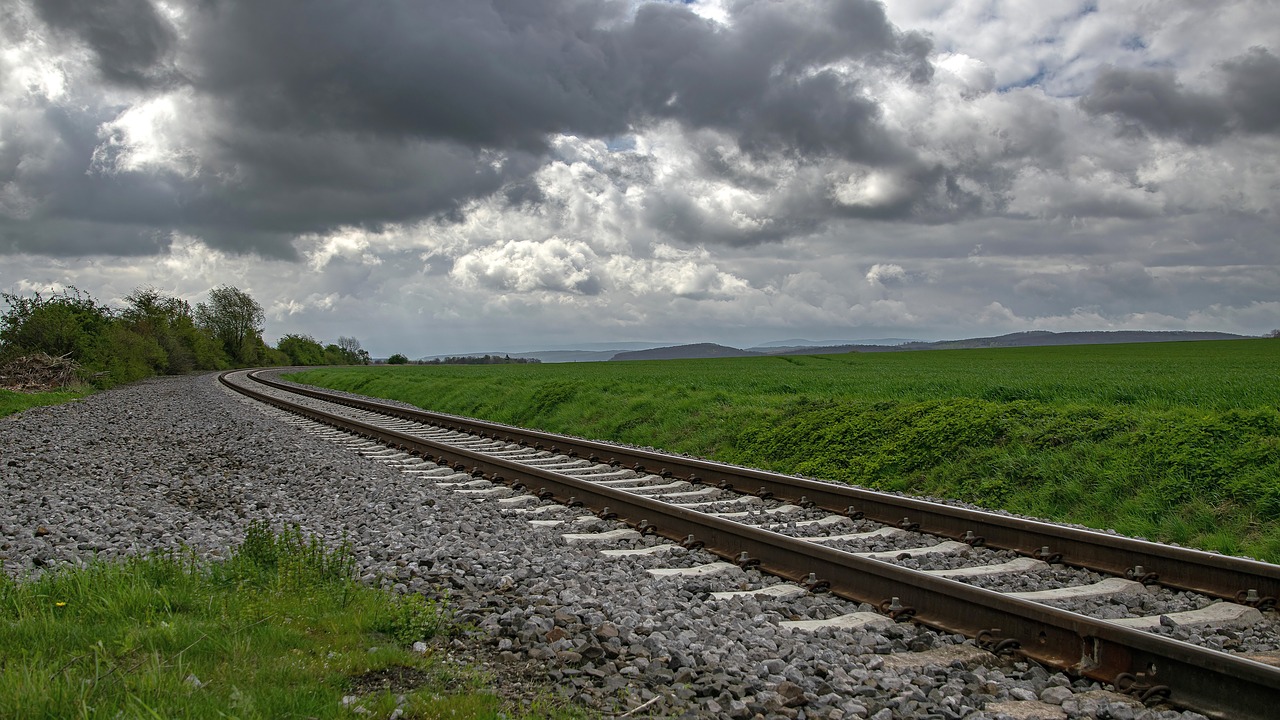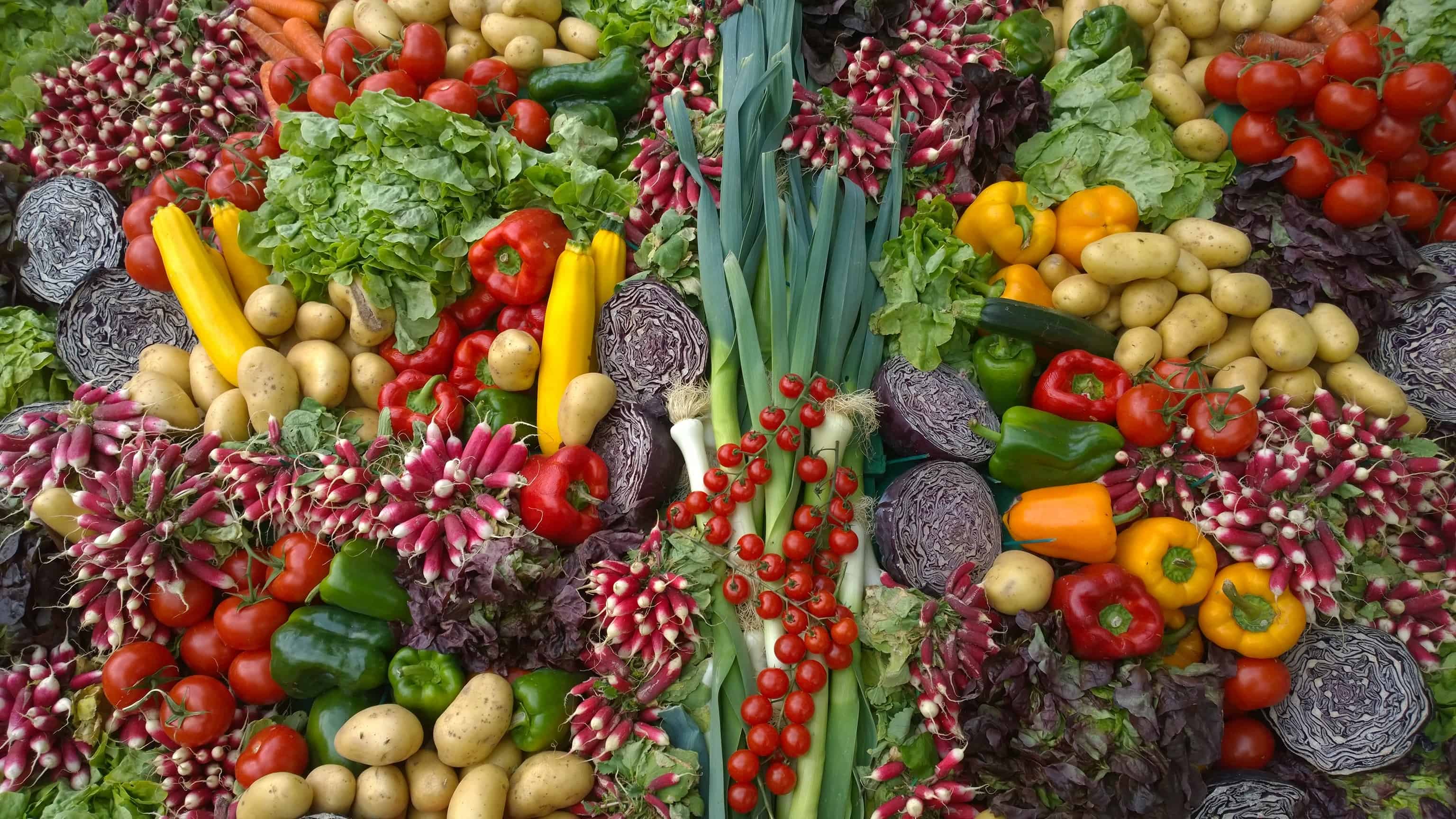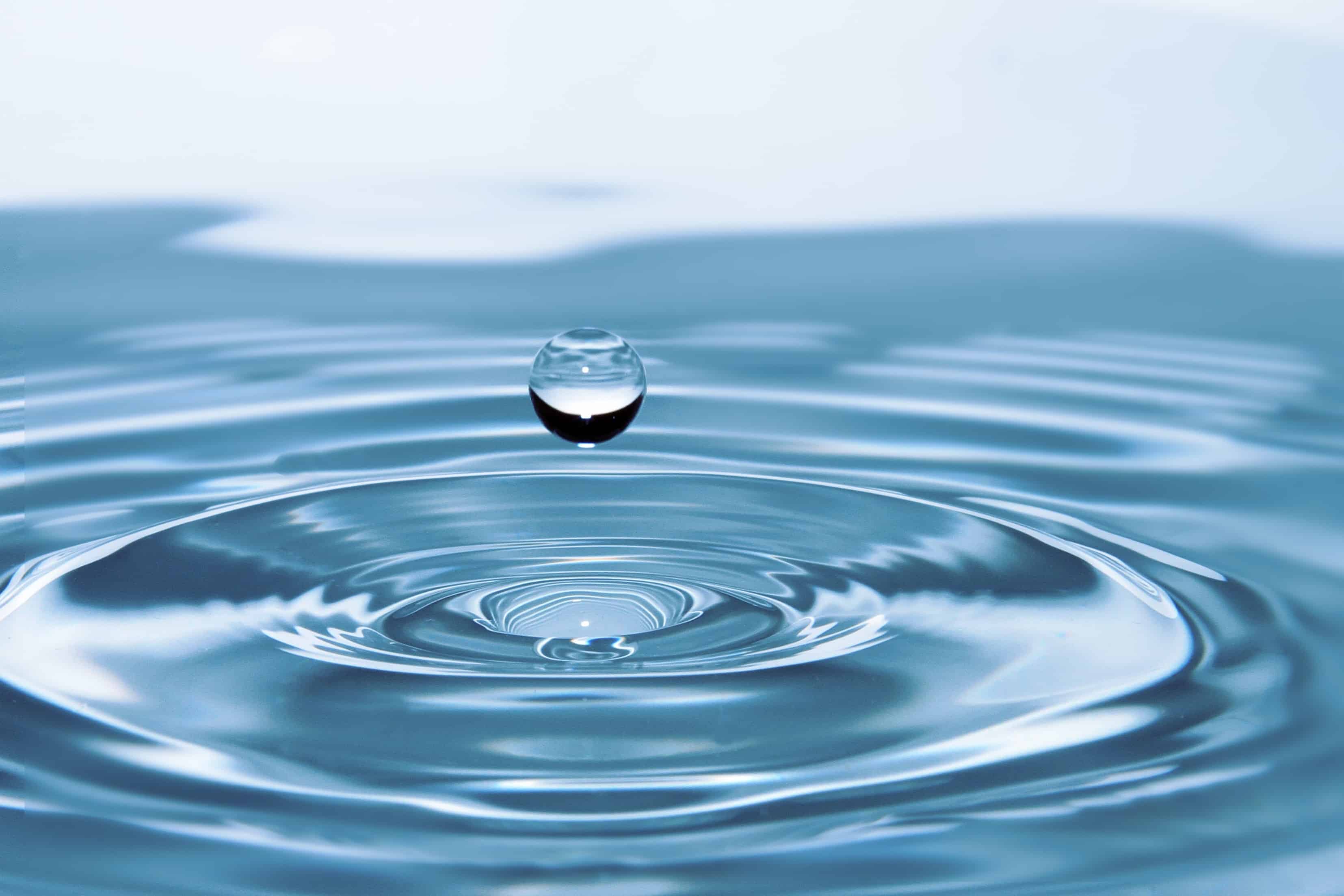
About Decarbonizing Europe
What does the Recovery and Resilience Facility entail?
The European Commission has made available an amount of 723.8 billion euros
to combat the consequences of the corona crisis and make Europe greener, cleaner, and future-proof. All member states have the opportunity to submit plans for disbursement from this Recovery and Resilience Facility.
Who is participating in the Recovery and Resilience Facility?
All the member states of the European Union. All member states? No, The Netherlands has not submitted plans as yet. Although, it became public knowledge at the end of January that hard work is going on behind the scenes in the Netherlands to secure some of those European billions.
What do the member states have to spend the money on?
At least 37 percent of the funding should be used for making their countries more sustainable and 20 percent for digitalization. In addition, there are also other key points:
– Smart, sustainable and inclusive growth
– Social and territorial cohesion
– Public health, economic, social, and institutional resilience
– Policy for future generations
What else is happening?
Apart from that, the EC has identified several so-called flagship areas:
– Power up
– Renovate
– Recharge and Refuel
– Connect
– Modernise
– Scale-up
– Reskill and upskill
What is Innovation Origins planning to do?
Over the next few months, we will be focusing on the implementation of these plans. We will be outlining what each country is doing to reduce CO₂ emissions, and we will be reporting on innovative projects. Infographics will allow you to compare the member states’ efforts with each other.
A crisis like the corona pandemic calls for tough measures. The EU has made €723.8 billion available for the Recovery and Resilience Facility (RRF) to lift European economies out of the recession caused by corona. To claim a share of this large pot of money, member states must submit a plan to the European Commission. In the Decarbonizing Europe series, we take a closer look at these plans. This week, it’s Austria’s turn.
Austria will receive €3.5 billion in EU grants for its Recovery and Resilience Facility Plan and has increased its budget to ultimately invest €4.5 billion. The country is also going well beyond the minimum shares prescribed by the European Commission for the two focus themes: 59 percent is to be spent on a green transformation and 53 percent on digital transformation. The measures are to be implemented by means of 27 reforms and 32 investments.
To achieve a sustainable reduction in greenhouse gases – in line with the EU climate targets – Austria is investing large sums in new infrastructure. Almost half of the investment targets three sectors: environmentally-friendly mobility, broadband expansion, and the digitalization and greening of companies. The budgets for the top six investments vary from just under €280 to €900 million.
Broadband initiative
At just under €900 million, the highest investment amount is in the area of digitalization to benefit the broadband offensive. The corona crisis has shown that a competitive economy and social participation are not possible without effective digital connectivity. Accordingly, the nationwide provision of gigabit-capable access networks is intended to ensure the competitiveness of the national economy and an inclusive society.
One example of social exclusion is that children from low-income households were unable to attend classes during the distant learning phase. This is why digitalization in the education sector is also foreseen (€177.1 million). The provision of digital equipment should enable fair and equal access to education.
Mobility Plan 2030
The current government committed to sustainable initiatives as soon as it took office with the so-called KlimaTicket in 2021. This allows citizens to use all means of transportation throughout Austria for €1,095 per year. Further measures are now being implemented as part of the Recovery and Resilience Facility, for which just under €850 million euros are budgeted, including the KlimaTicket. This puts the mobility offensive in second place in the Austrian Recovery and Resilience Facility Plan. Austria’s Environment Minister Leonore Gewessler tells Innovation Origins that this will complete the mobility turnaround and achieve climate neutrality by 2040. These measures cover all areas starting with active mobility by bicycle and on foot – through public transport and individual transport – to rail, air and freight transport.
Also interesting: Mobility is the biggest negative factor in the environmental behavior of Austrians
A central lever for more climate protection in transport is freight transport. Shifting freight transport to rail would reduce greenhouse gases as well as noise and particulate matter. To make green fuels such as e-fuels or hydrogen possible in heavy goods transport, investment in research is still needed. The same applies to aviation. But “by 2035, all newly-registered trucks in Austria should be emission-free. By 2040, all Austrian aircraft should be emission-free,” the environment minister said.
Rail expansion
The expansion of railways focuses on developing remote regions and expanding service in the European night train network. Taken together, they will make rail travel more attractive for tourists. In the area of private transport, the goal is to allow only zero-emission cars by 2030. At the same time, public transport should be made more attractive, including for commuters. Gewessler says: “We have already made headway on many things, for example, the KlimaTicket has over 140,000 ticket holders and the rail expansion package foresees an investment of over €18 billion.”
Heating measures
Austria wants to reach as many citizens as possible with its Recovery and Resilience Facility Plan. One suitable measure is the renovation offensive, foreseeing an investment of €210 million to counteract energy poverty. This is because, despite existing subsidies, heating measures are not affordable for low-income households. Since renovation projects by social housing developers and energy service providers are also subsidized, many citizens benefit additionally from reduced energy costs.
NextGeneration EU
The corona crisis is one of the biggest challenges of our time. The European Union, through NextGenerationEU – the largest recovery plan ever at €806.9 billion – aims to help its member states emerge stronger from the crisis. The Recovery and Resilience Facility (RRF) is at the heart of this plan (€723.8 billion).
The RRF has two goals: first, to pull the European economy out of the recession caused by the corona pandemic. At the same time, it is designed to give an impetus to important investments for the future and measures for rolling out reforms.
All 27 member states have submitted plans. Whether all the money is actually disbursed depends on a final assessment of the projects. For example, countries must spend at least 37 percent of their budgets on climate action and 20 percent on digitalization.
Support for companies
In third place in the budget ranking is the digitalization and greening of companies, intended to ensure the competitiveness of Austrian companies. This investment amounts to over €600 million.
In addition, public administration is to be digitized (€160 million) and the EU’s once-only principle is to be implemented. This has the advantage that companies will be required to communicate certain standard information to the authorities and administrations only once.
Also interesting: In Austria, e-cars are allowed to drive faster
As part of a reform, commercial law framework conditions are to be liberalized. Official procedures will be simplified to provide sustainable support for growth-oriented start-ups and a new legal form will be established. Its working title: Austrian Limited.
Biodiversity and the plastics industry
With a budget of €350 million, initiatives in the field of biodiversity and the circular economy rank fourth in Austria’s Recovery and Resilience Facility Plan. The promotion of circular systems mainly relates to plastic packaging. In Austria, around 0.92 tons of plastic waste are generated annually. Around 77 percent of this is found in residual waste and only 28 percent is recycled.
Extending the lifespan of electrical appliances is also being supported. This is done within the framework of a repair bonus for end consumers. This has already been tested in Vienna and will be tendered nationwide in 2022.
Knowledge-based infrastructure
The fifth-highest budget is for the training and continuing education sector at €277 million. Austria attaches great economic importance to well-qualified skilled workers and seeks to improve the skills and competencies of people who are less qualified – and women. Both groups have been hit hard by unemployment due to the pandemic. One focus is on labor market programs to help women move into non-traditional technical jobs.
This goal is also being pursued in research. Here, women will be encouraged to enter STEM subjects (mathematics, information technology, natural sciences, and technology). For degrees in technical subjects, the aim is to increase the proportion of women by 5 percentage points.
In Austria, the income situation of women has hardly improved in the past decade. In 2020, they earned almost one-fifth (18.9 percent) less gross per hour than men in the private sector overall, as shown by data from Statistics Austria. In 2010, the gender pay gap was still 24.0 percent. This puts Austria far behind in the EU rankings. Only in Latvia and Estonia was the gender pay gap even greater in 2020.
Research funding
In the area of research, Austria’s development and resilience plan is based on the RTI (research, technology and innovation) strategy, which establishes strategic, overarching goals for the next 10 years. They focus on the promotion of quantum sciences. Austria has strong research teams in this sector and seeks to strengthen its position as a business location in the field of future technology. In addition, a center for precision medicine is planned. Investment sum: €212 million.
Also interesting: Vienna.dealroom.co connects Viennese start-ups and investors worldwide
Fair change
The measures in the area of fair change are diverse and aim to promote resilience in healthcare, care, communities and childcare, as well as art and culture. Reading between the lines here, a number of initiatives for women can also be found: In the health care sector, the state wants to invest in primary care centers (€125 million), which should not only increase the quality of primary care treatment but also favor family-friendly working conditions – especially for female physicians – due to the team structure. The further development of preventive care and the expansion of community nursing are additional focus areas. The latter is intended to relieve citizens of the burden of caring for relatives, which primarily affects women. Reforms in the pension sector should also increase women’s future retirement income to reduce the gender pension gap.
Also interesting: Austrian app contributes to sustainable goals
Support us!
Innovation Origins is an independent news platform that has an unconventional revenue model. We are sponsored by companies that support our mission: to spread the story of innovation. Read more.
At Innovation Origins, you can always read our articles for free. We want to keep it that way. Have you enjoyed our articles so much that you want support our mission? Then use the button below:







